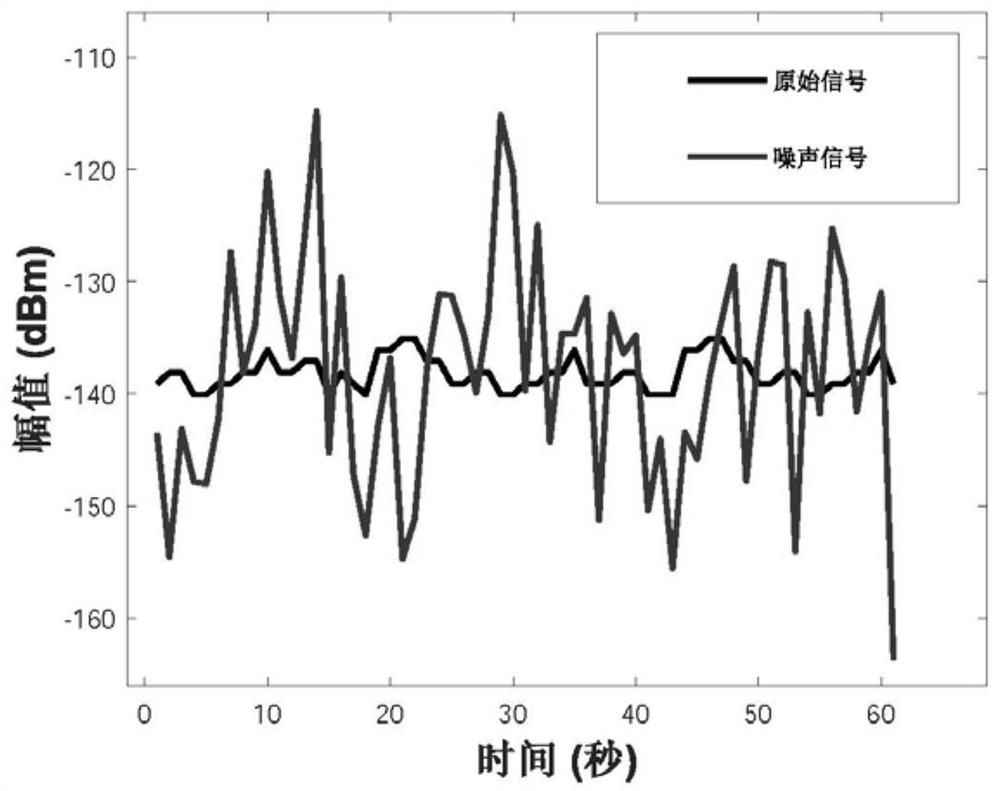Auxiliary positioning method for unmanned aerial vehicle, system, storage medium and terminal equipment
An auxiliary positioning and UAV technology, applied in radio wave measurement systems, instruments, measurement devices, etc., can solve the problem of signal strength drop at the receiving end, and achieve the effect of improving the accuracy of acquisition
- Summary
- Abstract
- Description
- Claims
- Application Information
AI Technical Summary
Problems solved by technology
Method used
Image
Examples
Embodiment Construction
[0050] The following will clearly and completely describe the technical solutions in the embodiments of the present invention with reference to the accompanying drawings in the embodiments of the present invention. Obviously, the described embodiments are only some, not all, embodiments of the present invention. Based on the embodiments of the present invention, all other embodiments obtained by persons of ordinary skill in the art without creative efforts fall within the protection scope of the present invention.
[0051] It should be noted that the numbering of the steps in the text is only for the convenience of explanation of the specific embodiments, and does not serve as a function of limiting the execution order of the steps. The method provided in this embodiment may be executed by a relevant server, and the description below takes the server as an execution subject as an example.
[0052] like Figure 1 to Figure 7 As shown, the UAV-assisted positioning method provid...
PUM
 Login to View More
Login to View More Abstract
Description
Claims
Application Information
 Login to View More
Login to View More - R&D
- Intellectual Property
- Life Sciences
- Materials
- Tech Scout
- Unparalleled Data Quality
- Higher Quality Content
- 60% Fewer Hallucinations
Browse by: Latest US Patents, China's latest patents, Technical Efficacy Thesaurus, Application Domain, Technology Topic, Popular Technical Reports.
© 2025 PatSnap. All rights reserved.Legal|Privacy policy|Modern Slavery Act Transparency Statement|Sitemap|About US| Contact US: help@patsnap.com



